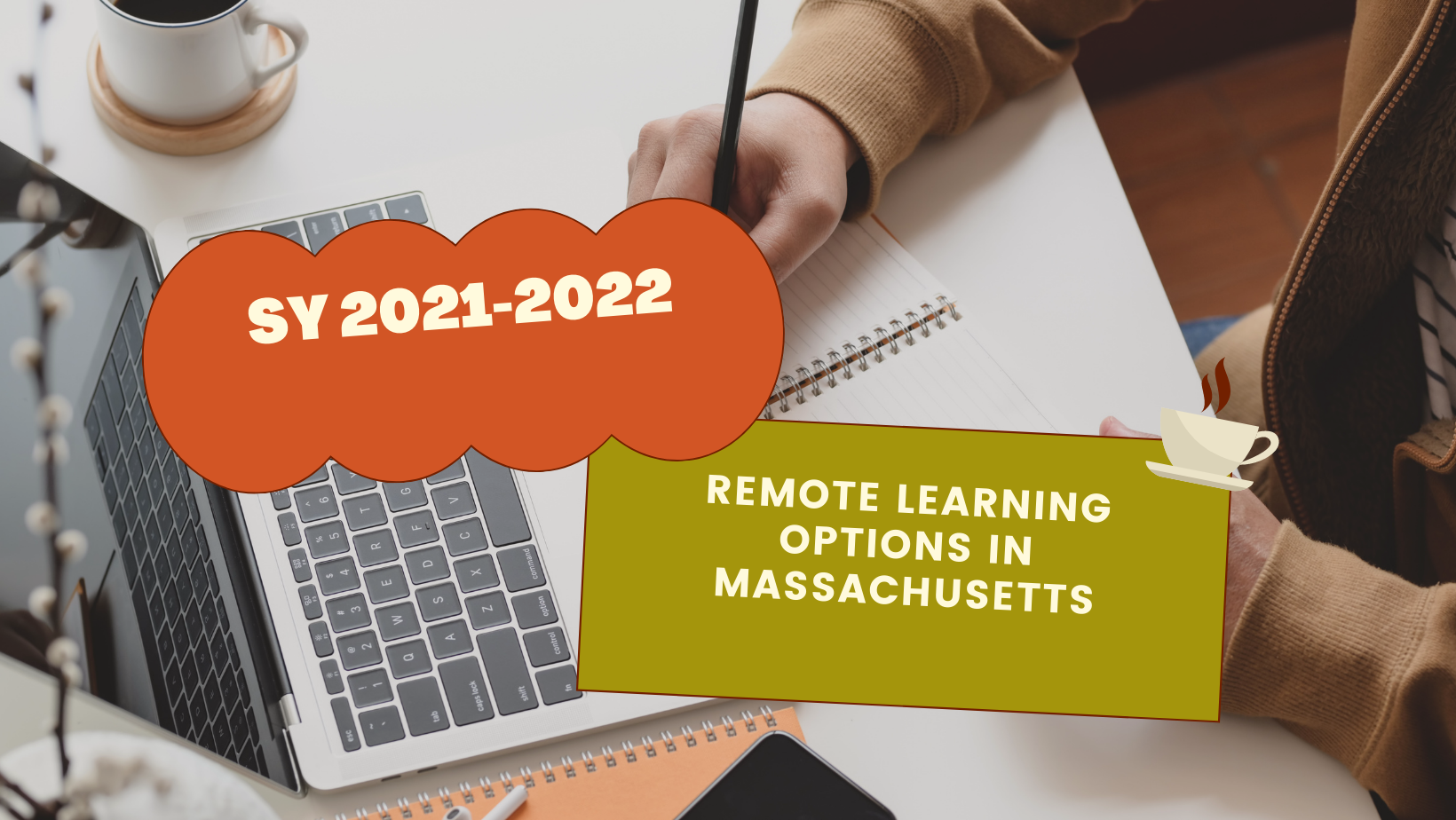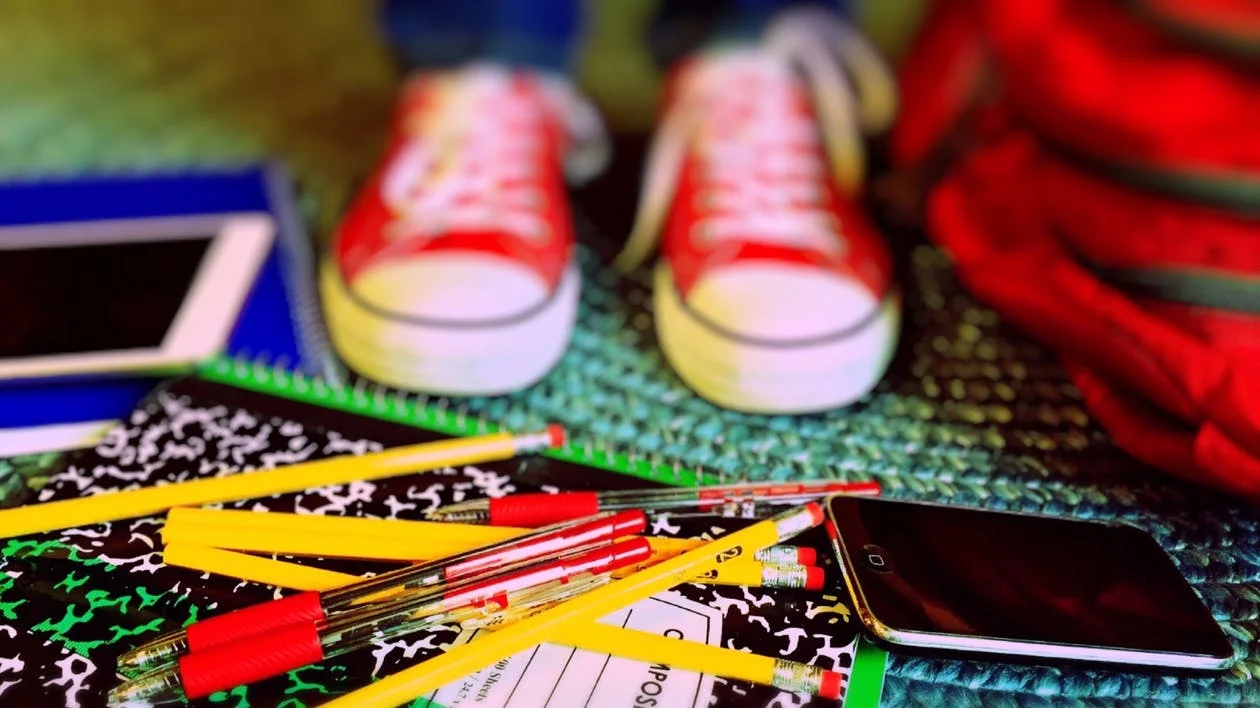With the start of a new school year, here are some reminders about IEPs.
/Remember, you can request a meeting to discuss your student’s IEP at any time. So take some time at the start of the school year to review their IEP. What worked for them last year? What didn’t work? Is it time to ask the team to come back to the table to see if some changes can be made?
Who is the IEP Team?
According to IDEA 2004, Section 1414(d)(1)(B), the IEP team includes:
(i) the parents of a child with a disability;
(ii) not less than 1 regular education teacher of such child (if the child is, or may be, participating in the regular education environment;
(iii) not less than 1 special education teacher, or where appropriate, not less than 1 special education provider of such child;
(iv) a representative of the local educational agency . . .
(v) an individual who can interpret the instructional implications of evaluation results . . .
(vi) at the discretion of the parent or the agency, other individuals who have knowledge or special expertise regarding the child, including related services personnel as appropriate; and
(vii) whenever appropriate, the child with a disability.
Parent/Student Concerns Statement
The district needs to include this statement in its entirety as written by the parent/student. Take some time and really think about it. Prepare it in advance and either email it to the proper person or bring a copy to the IEP meeting so they can incorporate it. Include your greatest concerns, hopes for the student’s accomplishments, concerns regarding the student’s services and/or concerns regarding last year’s IEP. Try and keep this statement as clear, complete but concise as possible. It should not a recap of the child’s entire educational history but a good overview. Try and incorporate some positive statements so that this statement is not perceived as being completely negative or argumentative.
To accept or reject the IEP
It is never advisable to reject the IEP in full. If you reject the IEP in full then the student is no longer eligible for Special Education. The best option is to accept in part and reject in part. It is always better for the student to receive some services (versus none) while the parties work out any conflicts. The District must report a partially or fully rejected IEP to DESE. DESE will send a letter to the parent outlining options to resolve the issues. If a response to a proposed IEP is not received within 30 calendar days, it is considered rejected.
Student Participation
Students are the focus of special education and, as they grow, students are expected to participate in planning for their own future as much as possible. Students at age 14 are entitled to participate in all Team Meetings. Students at age 18 are adults under Massachusetts law and assume all rights formerly held by their parents for participation and decision making. The student at age 18 will be given the option of assuming all responsibilities, delegating decision-making to their parent/guardian or sharing decision-making with their parent/guardian.
Have questions or concerns about your student? Contact us to discuss further:
E.M. Curran Legal LLC
10 Tower Office Park
Suite 314
Woburn, MA 01801
Phone: 781-933-1542
Fax: 781-933-1549






























